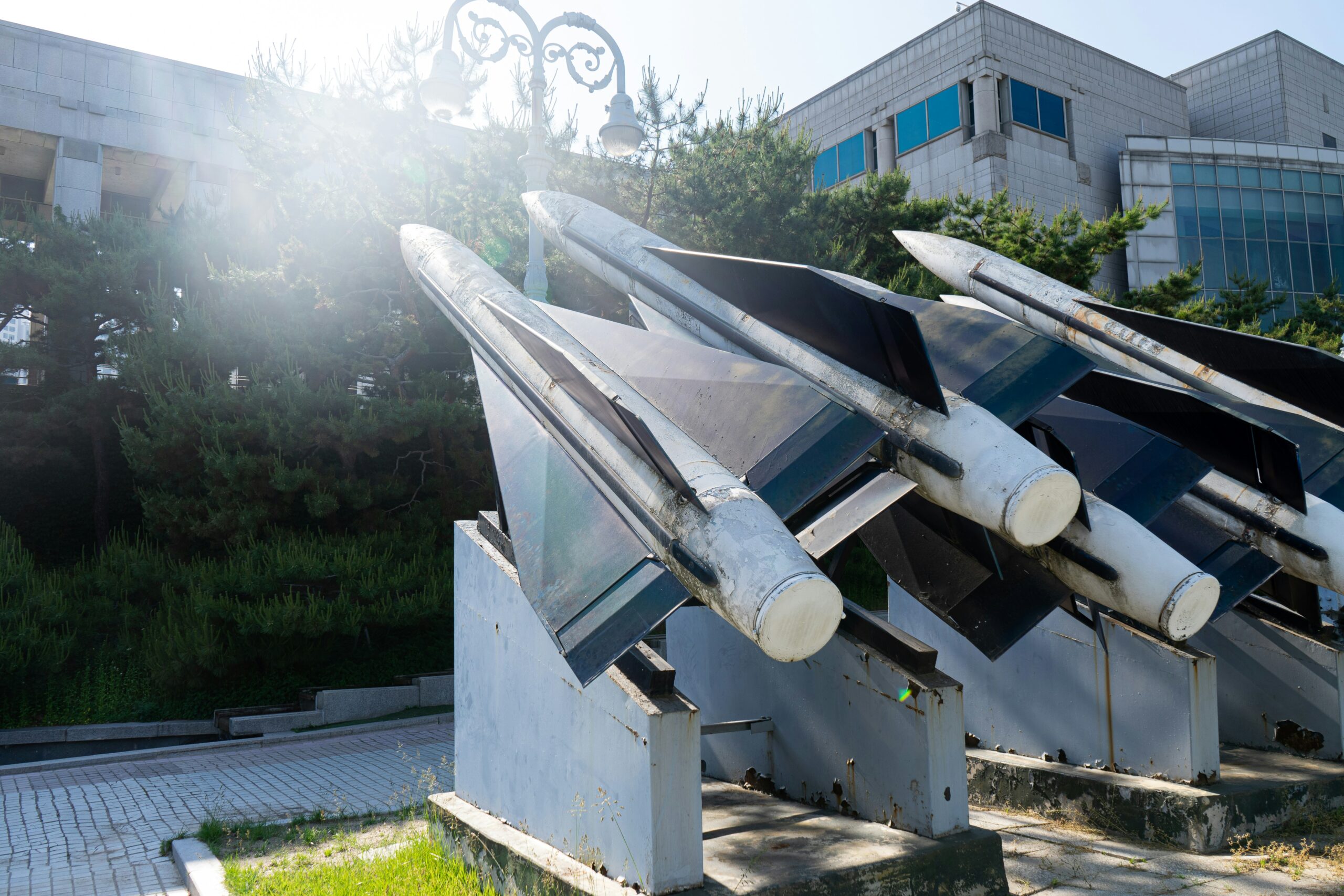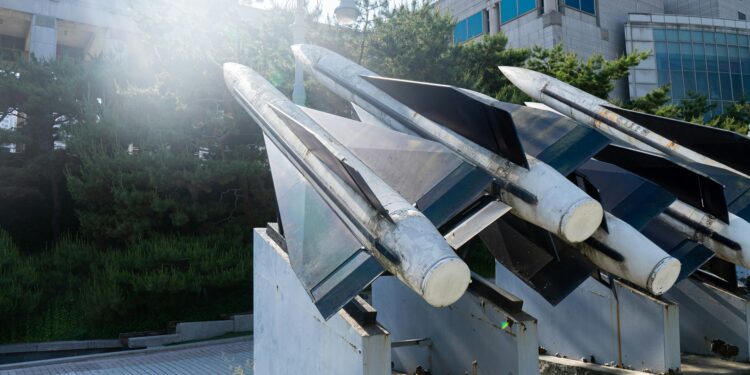North Korea launched a new intercontinental ballistic missile (ICBM) on Thursday, as confirmed by both the South Korean and Japanese militaries, marking an escalation in tensions just days before the United States presidential election.
Details of the Missile Launch
The missile, launched from an area near North Korea’s capital, Pyongyang, at 7:11 a.m. local time, flew northeastward toward the Sea of Japan (also known as the East Sea in South Korea). Japan’s defense ministry reported that the missile landed in the sea at 8:37 a.m. local time.
This test marked a record-breaking flight time of 86 minutes for a North Korean missile, with the missile covering 621 miles and reaching a maximum altitude of over 4,349 miles. This is the highest altitude ever recorded for a North Korean missile, highlighting the increasing range and sophistication of the country’s nuclear-capable ICBM technology.

North Korea’s Objectives and Strategic Intent
North Korean state media confirmed the launch, stating that the purpose was to demonstrate the “modernity” and “credibility” of its strategic deterrent. South Korean intelligence had earlier reported North Korea’s preparations for an ICBM test, which was expected to coincide with the U.S. election. Last week, North Korean leader Kim Jong-un visited strategic missile bases, inspecting Hwasong-18 ICBMs and calling for a “counteraction posture” to enable prompt nuclear responses.
The Nuclear Landscape: North Korea’s Position
North Korea, one of nine nuclear-armed countries, is estimated to possess around 50 nuclear warheads, with sufficient fissile material to construct up to 90. Despite past negotiations, North Korea has firmly declared that it will not relinquish its nuclear weapons, regardless of whether Vice President Kamala Harris or former President Donald Trump is elected as the next U.S. president.
Rising Global Nuclear Tensions
The launch comes at a time of escalating nuclear tensions worldwide. Russia has recently updated its nuclear posture, Iran continues to develop its nuclear capabilities, and North Korea persists in advancing its arsenal. This trend reflects a growing sentiment among these nations to strengthen their defenses against perceived threats from the West. However, as nuclear development and testing expand, the risk of global instability rises, potentially leading to a devastating conflict.
The Threat of Escalation
The development and testing of nuclear weapons by multiple countries pose a significant risk to global security. Even minor disruptions in international relations could trigger a protracted nuclear conflict with catastrophic consequences. The human and environmental toll of such a war would be incalculable, underscoring the urgent need for diplomatic efforts to mitigate these rising nuclear tensions.

















